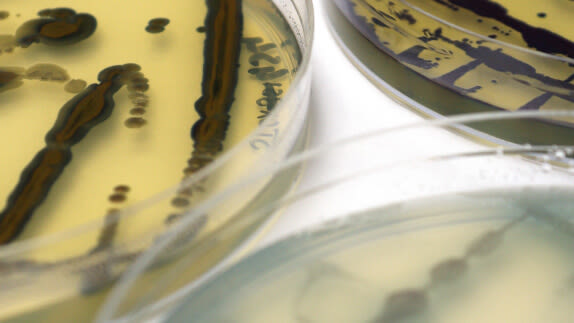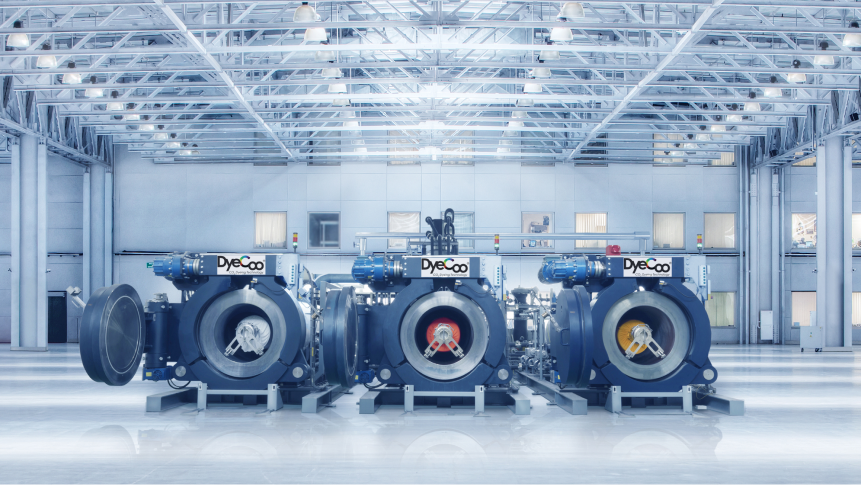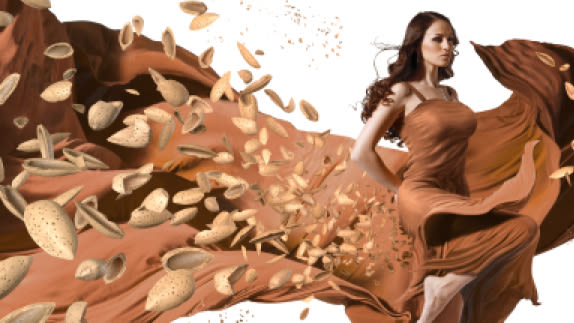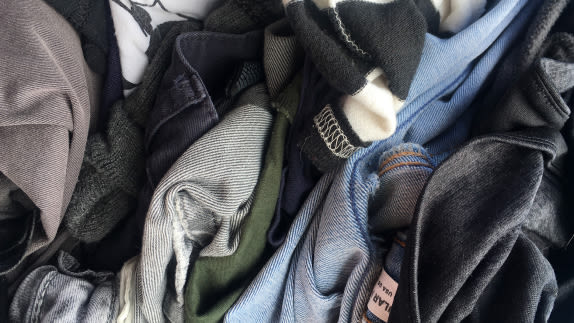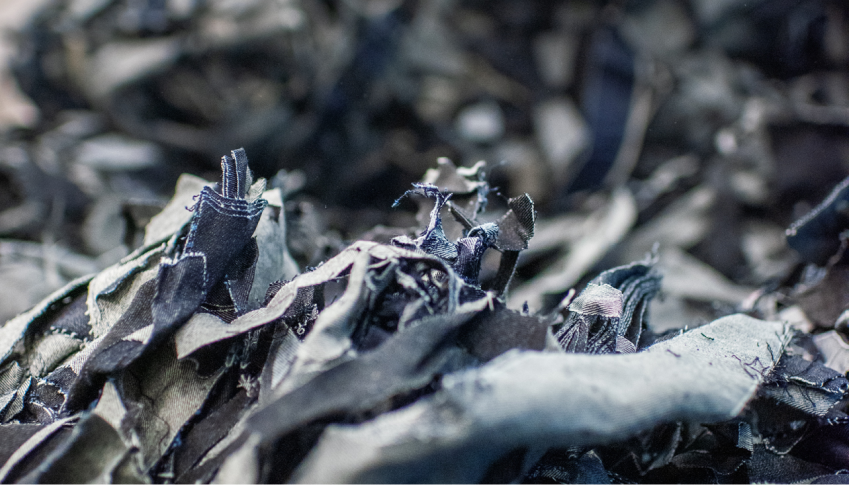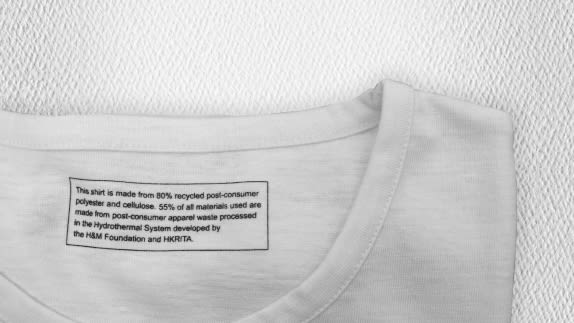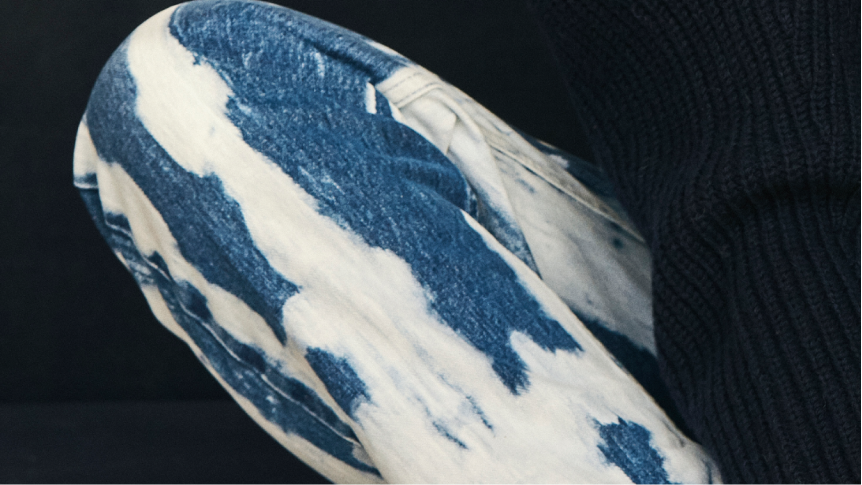This page is part of The Nature Imperative: How the circular economy tackles biodiversity loss paper, where we delve deeper into the fundamental contribution the circular economycircular economyA systems solution framework that tackles global challenges like climate change, biodiversity loss, waste, and pollution. It is based on three principles, driven by design: eliminate waste and pollution, circulate products and materials (at their highest value), and regenerate nature. can make to halting and reversing biodiversity loss. Explore more insights by browsing the full paper.
Safeguarding biodiversity by circulating clothes, eliminating pollution, and regeneratively growing natural fibres.
The linear way in which today’s fashion industry operates puts significant pressure on the biodiversity on which it depends. A circular economy for fashion offers a comprehensive system-level approach to transform the way we produce and use clothing.
Keeping clothes and the materials they are made from in use can displace the need for new production, and therefore reduce the negative impacts on biodiversity associated with virgin fibre production, processing, and disposal. By shifting to safe chemistry and designing out microfibre release, the industry can design out environmental pollution and promote safe material cycles. Finally, by producing materials regeneratively the sector can actively rebuild biodiversity and safeguard the health of ecosystems.
Biodiversity and fashion case studies
Examples of companies adopting practices for regenerative outcomes
Explore more
Dive deeper into biodiversity and fashion by exploring the sector deep dive.

